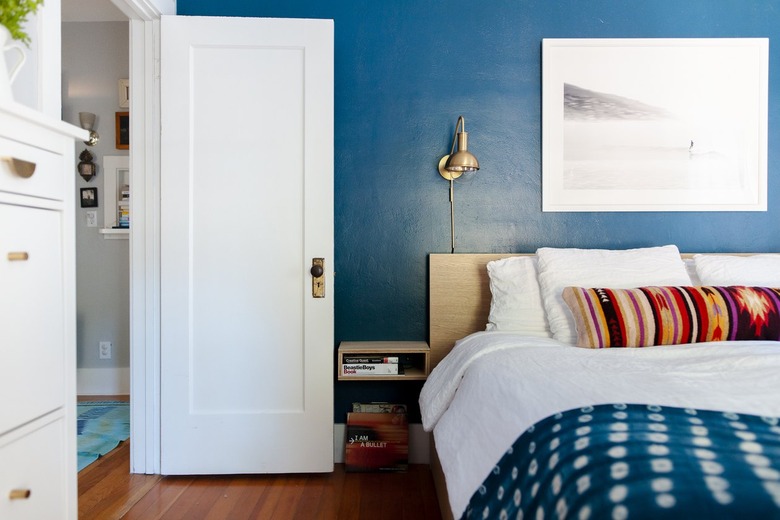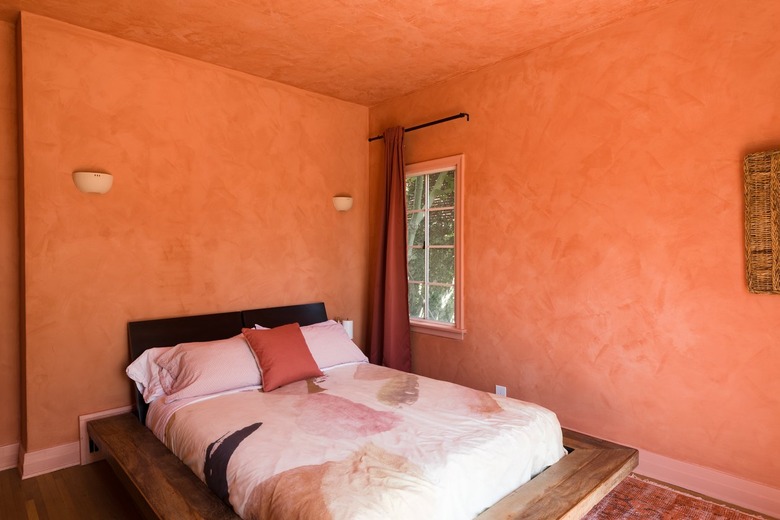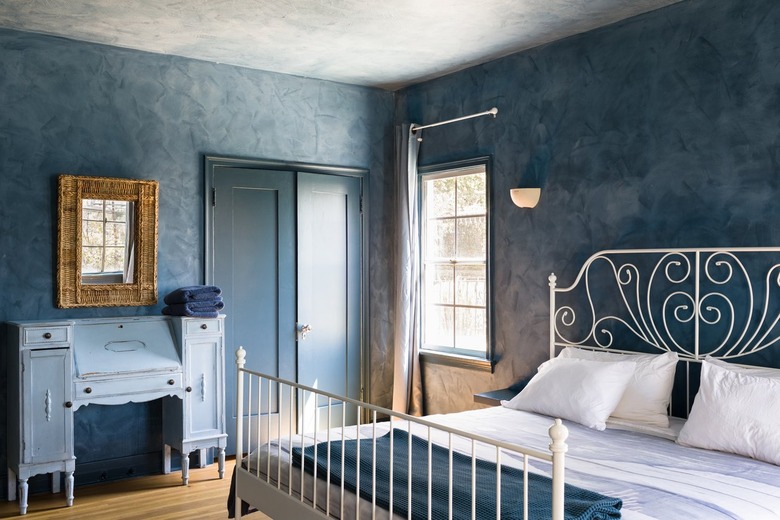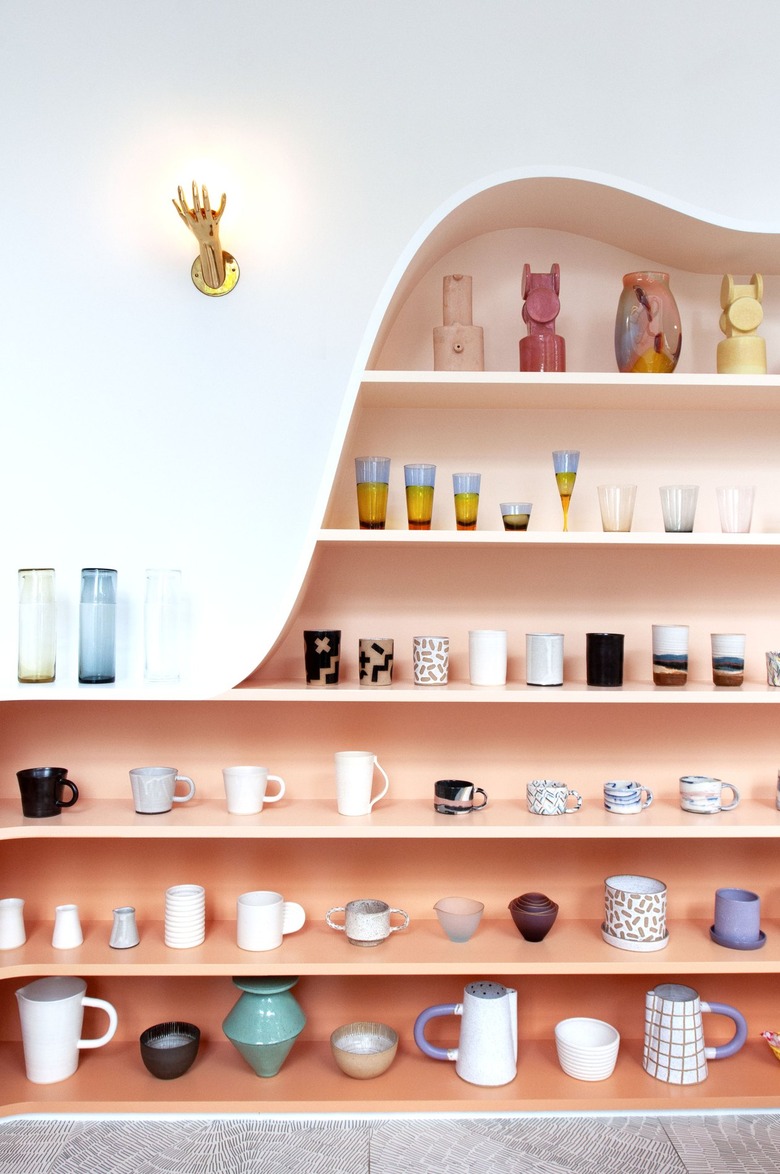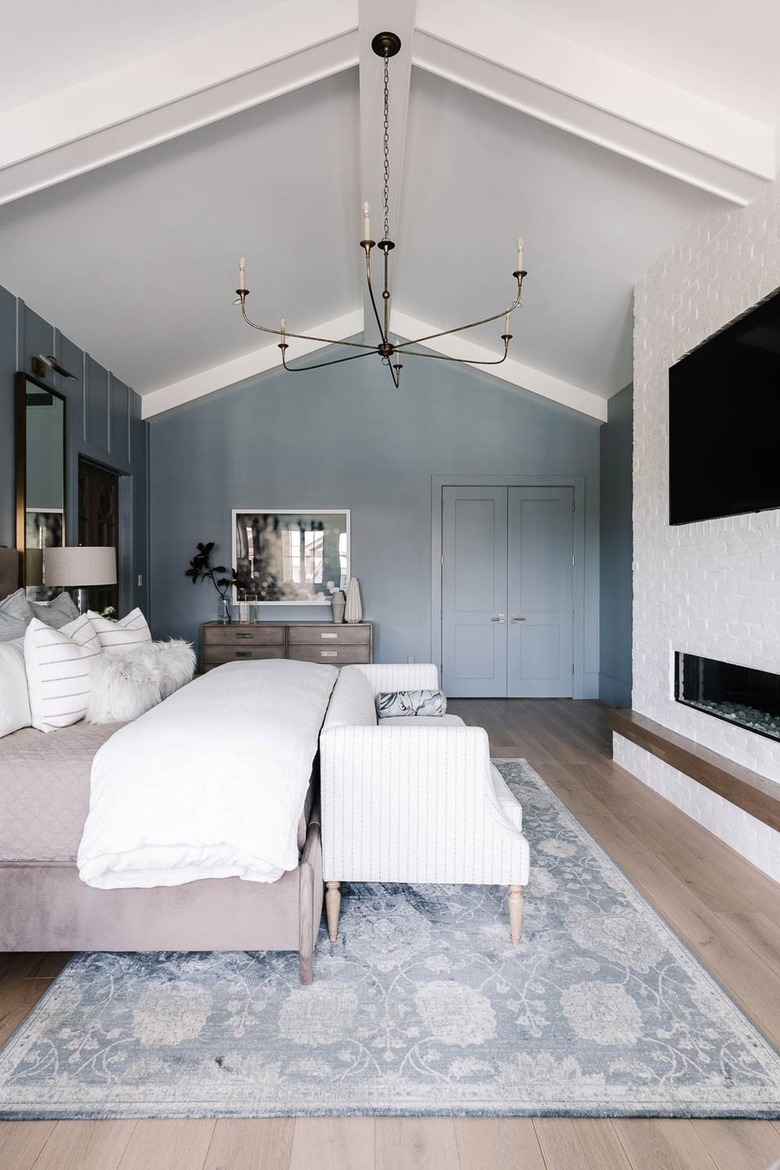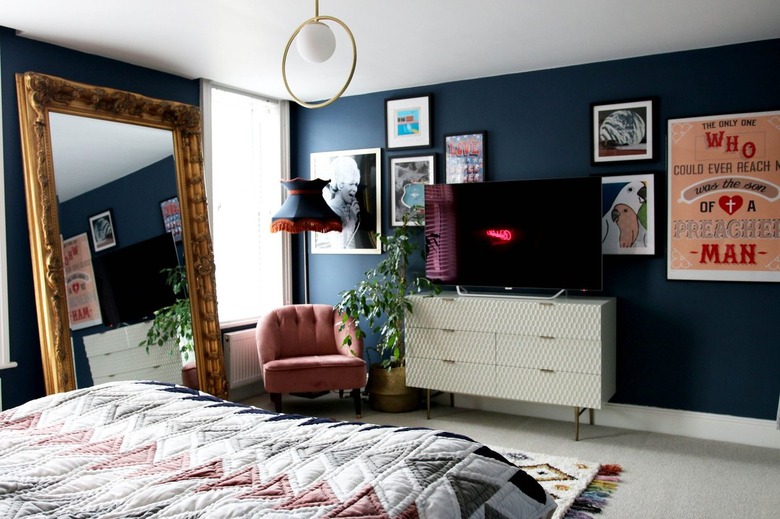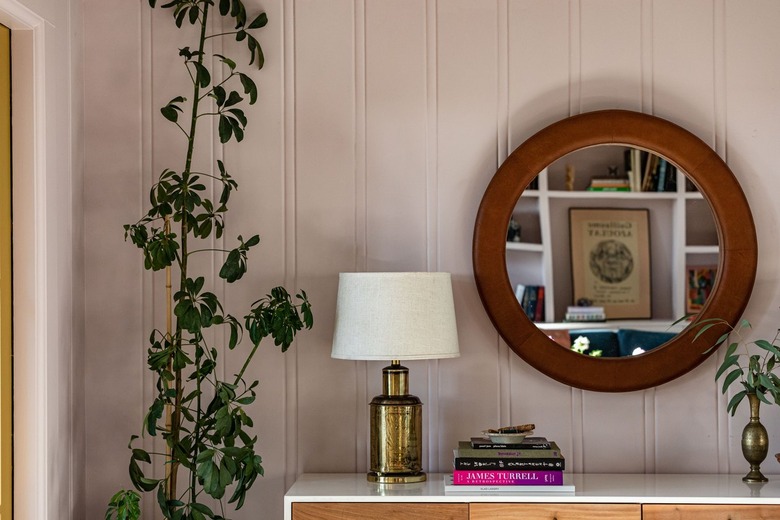Warm Vs. Cool Colors: Selecting The Right Temperature For Your Room
Some color ideas can instantly make you feel calm and relaxed when you walk into a room, while others can make you feel energized and ready to party. How does that happen? Well, that's the magic of color theory at work. The trick is to use either the cool or warm parts of the color wheel to help you convey the desired emotional response. More on that later.
Whether you're looking to redo your bedroom, cozy up your living space, or enliven your kitchen, it's no secret that wall paint can completely transform a room. Being able to identify which colors are cool and which ones are warm — not to mention choosing the right tint and saturation — will help you determine your palette as well as set the perfect tone. Let's get started.
What are warm colors?
What are warm colors?
The warm color family includes shades of red, yellow, and orange. These hues can convey happy, energetic, and warm feelings, which is why they're typically used in rooms where your family and friends will gather for a good time. Living rooms, kitchens, and dining rooms make perfect canvases for these inviting colors. Not to mention, they are a great way to command attention if you want to highlight a specific feature or area in your home.
If red and yellow aren't colors you'd normally gravitate towards but you'd still like to warm up your space, consider using a secondary hue like orange. Secondary colors (made by mixing two primary colors) can be either warm or cool depending on their undertones.
What are cool colors?
What are cool colors?
On the other side of the color temperature spectrum, you have cool shades. This category includes blues, greens, and purples. Cooler hues tend to evoke feelings of calm and relaxation, making them ideal for more intimate spaces such as your bedroom, bathroom, or home office. These also work wonders in small or dimly lit spaces, offering a brighter and airier look.
When to Use Warm Colors
When to Use Warm Colors
So now that we know the difference between warm and cool colors, how and when should we use them? The answer really depends on your style preferences and your home. However, as the name suggests, warmer colors are a great way to add warmth as well as draw the eyes to special features. Ahead you'll find a few creative ideas to inspire you.
Use warm paint colors to spotlight treasured pieces of decor.
Turn your shelving into a work of art that your guests will gravitate to by painting it with colors on the warm end of the spectrum. We love the ombre design of these custom shelves that ranges from light pink to peachy-orange. The playful display adds warmth and draws attention to an extensive ceramics collection.
Welcome an accent wall.
Transform an all-white space with an accent wall painted in a warm color. The rosy hue used in this vignette instantly heats things up, while decorative touches like a bit of greenery, dried florals, and a wooden bench add texture and a tropical vibe that invites you to stay for a while.
Use warm colors to balance cooler hues.
Can't decide between warm and cool colors? Not a problem. Use them both. Here, blush-colored walls balance the cool green shade of the kitchen island back panel, resulting in a fun compromise that celebrates the best of both worlds. The thoughtful gallery wall ties the whole look together.
When to Use Cool Colors
When to Use Cool Colors
Similar to warm colors, there is no "right" or "wrong" way to use cool paint colors. However, they are a great option for any space that you want to feel cool and calm, such as the bedroom or bathroom. Here are a few clever ideas to jumpstart your imagination.
Opt for cool colors to help you relax.
Coat the walls of your bedroom in a cool blue shade, like this design by Cyndy from The Creativity Exchange, to turn your space into a relaxing oasis. Paired with neutral-colored bedding, you'll be counting down the minutes until you can jump in bed and catch up on some zzz's.
Employ cool colors to make a small space feel lighter and brighter.
Small spaces, especially offices that you spend a lot of time in, can start to feel cramped in a hurry. Open up your workspace by opting for a light wall color. The cool gray hue in this setup reflects the light pouring in through the windows, making the room feel bright and airy yet far from boring. And bonus: The neutral shade adds just enough visual interest without causing any distraction.
Cool colors can amp up the drama.
Just because you want to go with a cool color, that doesn't mean you can't enjoy a bit of drama, too. Follow the lead of designer Megan Ellaby and go for a dark shade of navy blue to turn your spacious bedroom into a cozy den of slumber. Pops of white and eclectic artwork keep the room from feeling like a cave.
Tips for Selecting Warm or Cool Colors
Tips for Selecting Warm or Cool Colors
Not every color combination in your house has to be entirely warm or entirely cool either. The best designs are those that have a balance between the two and incorporate secondary and tertiary colors as well. For example, even though you chose a rug in the red family for the living room, that doesn't mean you can't have navy blue walls. Just know that whatever colors a room has more of (cool vs. warm) will dictate the overall feel of the space.
Make sure you're also incorporating neutral colors, like black and white paint, into your scheme to give your design more freedom and flexibility. It will make it easier to achieve a cohesive flow between all of the rooms in your home, regardless of the colors used.
Don't be afraid to be bold with your color scheme either. Just be thoughtful about your approach to keep your room from feeling overwhelming or overly designed. The goal here is for your space to feel effortlessly put together, and balance is key.
And remember that paint isn't the only way to incorporate warm and cool colors into your design — consider your furniture and decor, too.
In Conclusion
In Conclusion
The best thing about interior design is that there are no rules. Just because warm colors are typically found in living rooms and kitchens, don't let that stop you from coating your living space in a powder blue paint color, if you feel so inclined. Whether you choose to liven up your living room or turn your bedroom into a relaxing retreat, the most important thing is that your space reflects your personality and makes you feel comfortable and at home.
